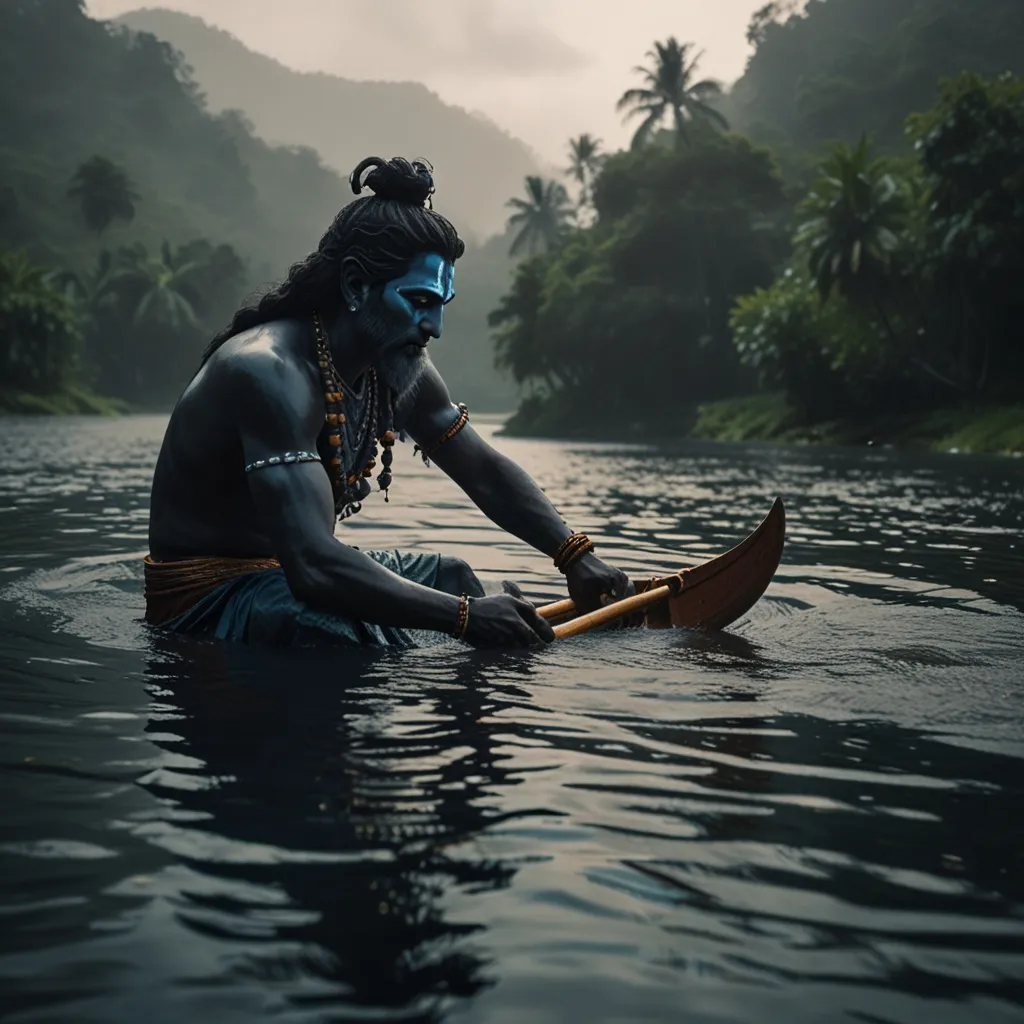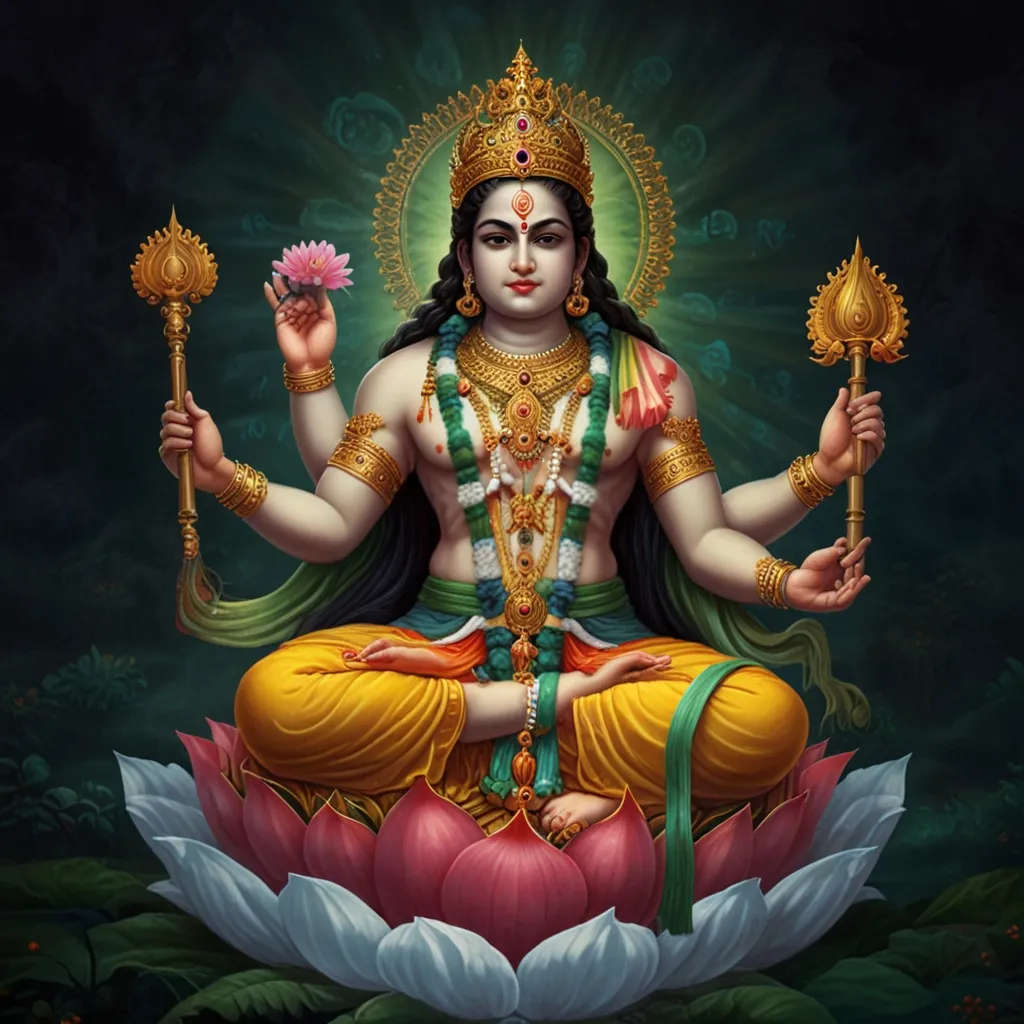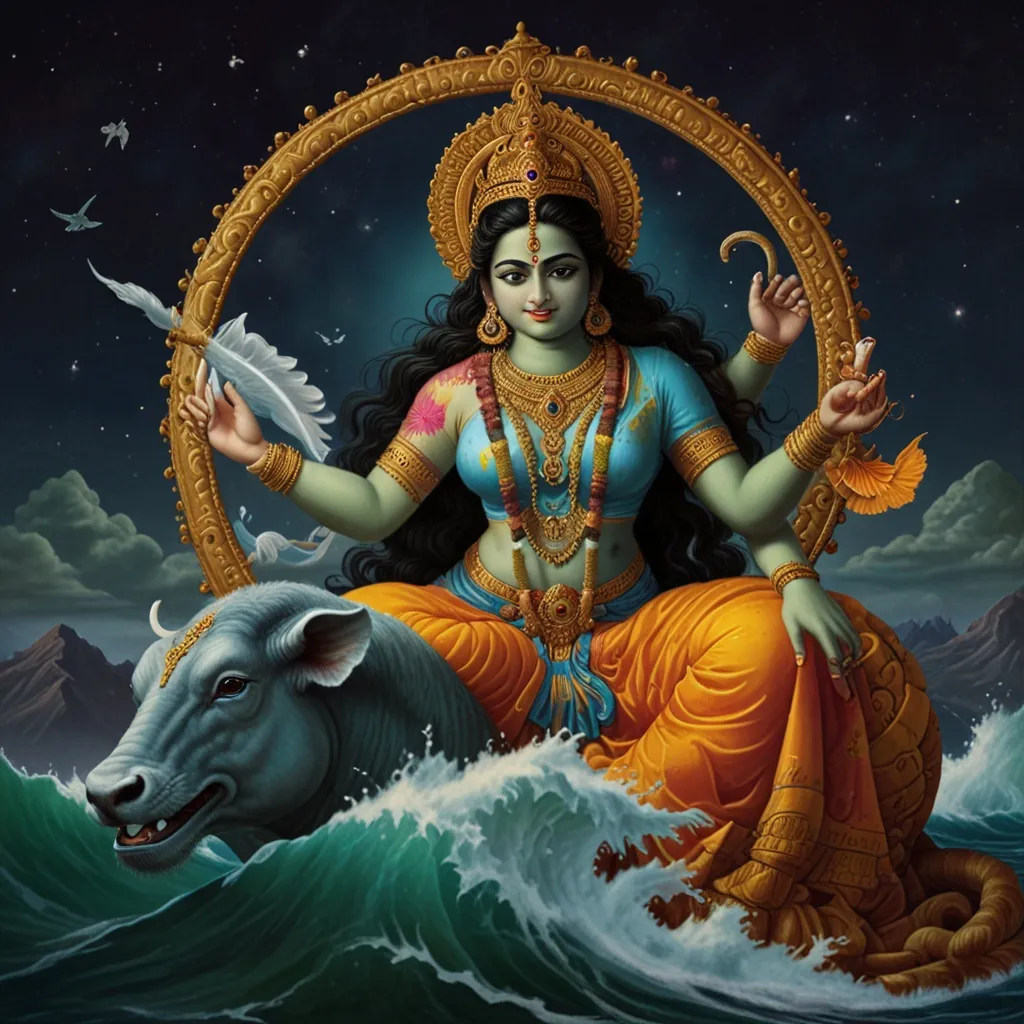Back in the 6th to 8th centuries in South India, a group of 63 Tamil Hindu saints called the Nayanars roamed the land, deeply devoted to the god Shiva. These saints, nicknamed the “hounds of Shiva,” weren’t just about rituals—they were poets and musicians who created beautiful hymns that still echo through time. They were pivotal to the Bhakti movement, showcasing the mighty power of unwavering faith.
The cool thing about the Nayanars is their diversity. They came from various backgrounds, from high-caste Brahmins to lower-caste followers like the Nadar, Vanniyar, and Dalits. This diversity was a big deal because it showed that their movement was for everyone, no matter where you came from. Among these saints, some of the most famous were Appar, Sundarar, and Sambandar, known as “The Four.” They weren’t only admired for their devotion but also for their poetic skills.
Take Sundarar, for instance. Born under the Swathi star in the Aadi month, he was a poet who captured the essence of Shiva in his hymns. Sundarar’s Tiruthonda Thogai is an iconic work that lists the names of the Nayanars up to Karaikkal Ammaiyar. His list wasn’t organized in any particular order, but it set the stage for future compilations.
The Nayanars’ hymns are more than religious chants; they are true works of art. These songs were crafted with Dravidian music and became part of temple services in South India. Raja Raja Chola I, one of the great Chola kings, promoted these hymns big time. He made sure they were sung in his massive Thanjavur temple, embedding them into the religious and cultural life there.
One Nayanar who stands out is Manikkavachakar. His hymns in Tiruvachakam are celebrated for their beauty and depth, capturing the spirit of Shiva like nothing else. Manikkavachakar came slightly after the original Nayanars, but his work is often linked with theirs due to its profound impact.
The influence of the Nayanars wasn’t just spiritual. They were game-changers in Tamil literature and the Bhakti movement. Their hymns didn’t just declare their love for Shiva; they pushed for social reform by stressing personal devotion and equality before God. This helped break down social barriers and foster a more inclusive society.
Fast forward to the 10th century, and Nambiyandar Nambi is compiling the Nayanars’ hymns into the Tevaram anthology. Then in the 12th century, Sekkizhar adds detailed stories of the Nayanars in the Periya Puranam. These compilations have become fundamental texts in Shaivism, offering insights into the saints’ lives and teachings.
But the Nayanars’ legacy isn’t just about religion. Their poetry and music have inspired countless artists and writers over the years. Tales of their miraculous deeds and spiritual wisdom continue to mesmerize people. Their devotion to Shiva is a timeless reminder of how powerful faith can be and how beautiful religious expression is.
Even today, the legacy of the Nayanars lives on in South Indian temples. Their images are still revered, their hymns are sung during religious ceremonies, and their stories are celebrated through various forms of art. The Nayanars have left a lasting mark on Hinduism, significantly influencing the religious and cultural landscape of South India.
So, their legend and hymns continue to inspire, reminding us of the remarkable power of faith and the enduring charm of their devotion. It’s a story that never gets old, always rekindling the spirit of devotion and the beauty of spiritual art.






